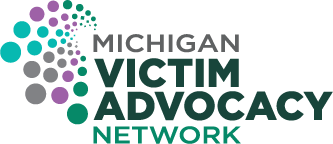Domestic Violence Counts Report
Reports from NNEDV
“Our survey day took place on September 9, 2021, nearly a year and a half after COVID-19 began ravaging the nation. Programs and survivors are still navigating the changes and challenges brought on by the pandemic—now moving from handling it as a short-term crisis to more long-term change management. This report captures both the resiliency of survivors and programs and the intense impact the pandemic is still having on them and their needs. They are also feeling the impact of ongoing racial injustice, state-sanctioned violence, natural disasters, and a devastating economic downturn that have exacerbated their struggles and brought to the forefront their unique needs. Our survey response rate was slightly lower this year than in previous years as we adjusted to a new data collection system and as staff have been stretched across many competing priorities. We recognize and appreciate each and every program’s hard work this year, whether they were able to participate or not.”
“On September 9, 2021, 1,536 out of 1,914 (80%) identified domestic violence programs in the United States participated in a national count of domestic violence services conducted by the National Network to End Domestic Violence (NNEDV). The survey also includes data from the National Domestic Violence Hotline and NNEDV’s WomensLaw Email Hotline. In 2021, frontline advocates continued to navigate unforeseen challenges due to the COVID-19 pandemic and other crises. The following figures represent the information shared by the participating programs about the services they provided during the 24-hour survey period.”
“On September 9, 2021, 49 out of 55 (89%) identified domestic violence programs in Michigan participated in a national count of domestic violence services conducted by the National Network to End Domestic Violence (NNEDV). In 2021, frontline advocates continued to navigate unforeseen challenges due to the COVID-19 pandemic and other crises. The following figures represent the information shared by the participating programs about the services they provided during the 24-hour survey period.”

